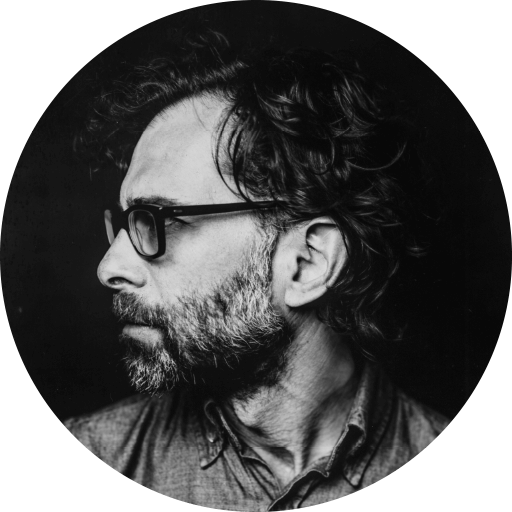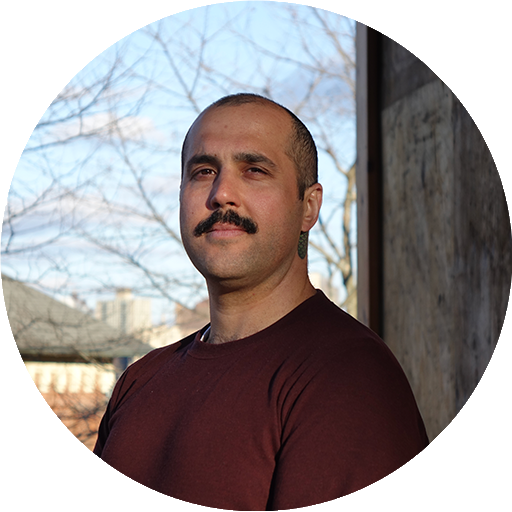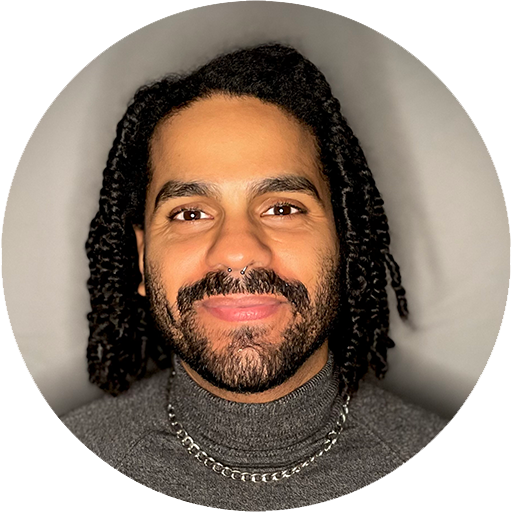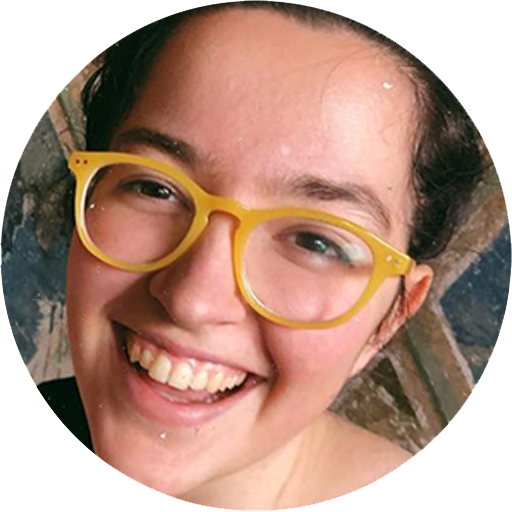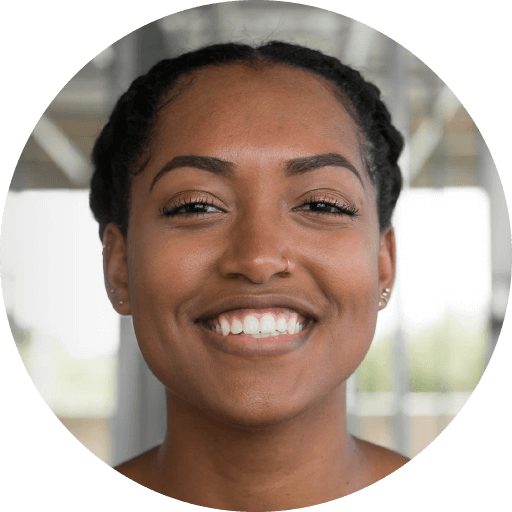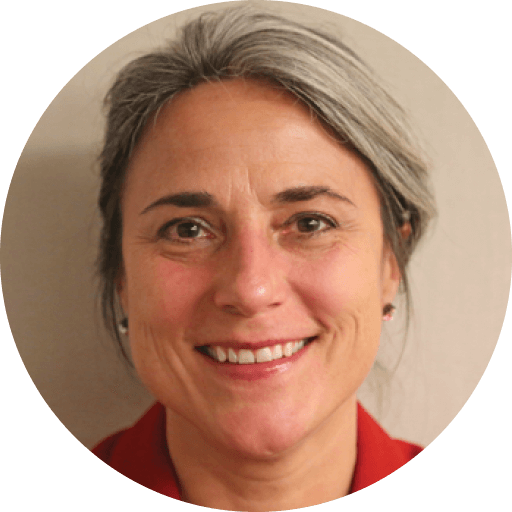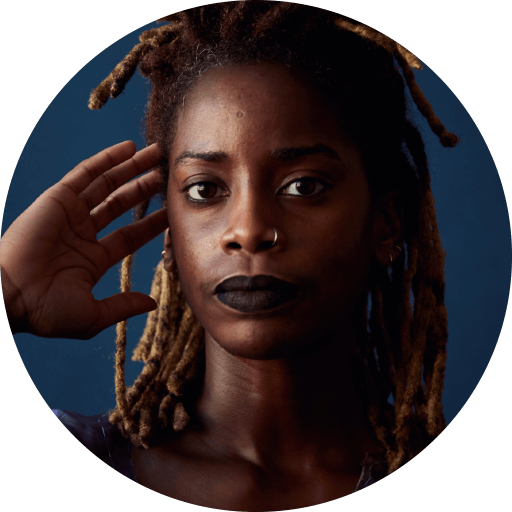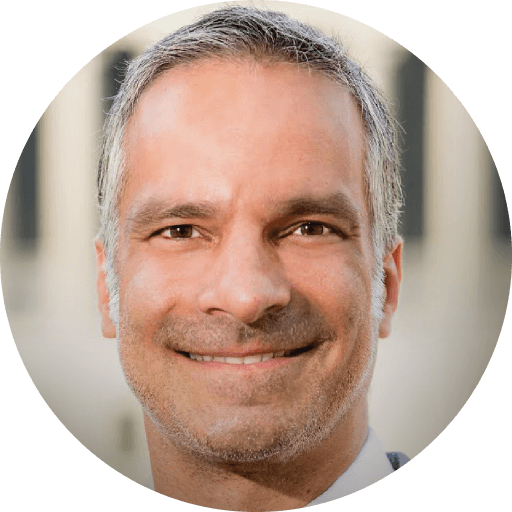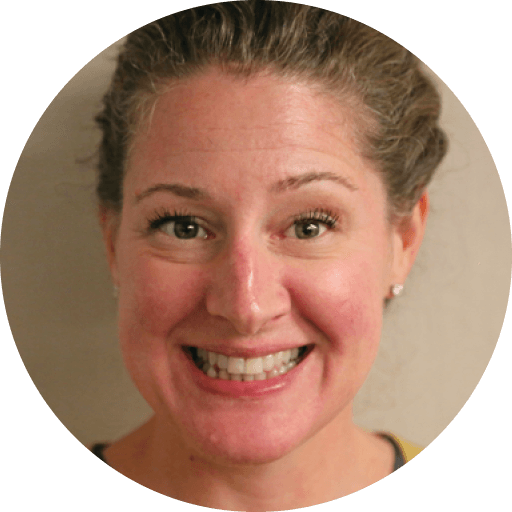Brian Rogers
on the final hands count beginning sounds
on the final hands count beginning sounds
Brian Rogers, Artistic Director
Rebecca Davis’s the final hands count beginning sounds carves out space and time and temperature for itself, and for us, in ways that feel radically generous.
The lighting design (by Kathy Kaufmann) is very southern, in a way. It’s thick. It hangs in the air and gets where it’s going in its own very languorous time. Zach Layton’s music reaches for disarmingly high frequencies.
For Rebecca, costumes are an extension of the body, and they are somehow rigidly soft. She pays particular attention to the way clothes hang from and bunch up around the bodies of the dancers as they move. She refers to this piece as a series of “kinetic sculptures”, and you can tell that she struggles with the distance between her own mental and physical images of bodies in space, and the necessarily less perfect reality of those bodies as they compress, expand, twist and capture stillness – conjuring shapes that she cannot fully control and in so doing, distorting the image she wants us to see. At the dress rehearsal photo shoot, I watch as she corrects the fit of the costumes for the camera – a more perfect simulacrum of the messier performance image. I think of Edward Gordon Craig and the ubermarionette (or “super puppet”): can the geometry of the human body be synthesized? Are we approaching the uncanny valley of live performance?
There is a “who’s on first” aspect to the proceedings as, backstage, the dancers try and generally fail to determine whose small mistake triggered a total choreographic avalanche in the previous run. They are crushingly interdependent. Lead with the left foot, spin to the right…no – left, THEN right etc. It’s hilarious.
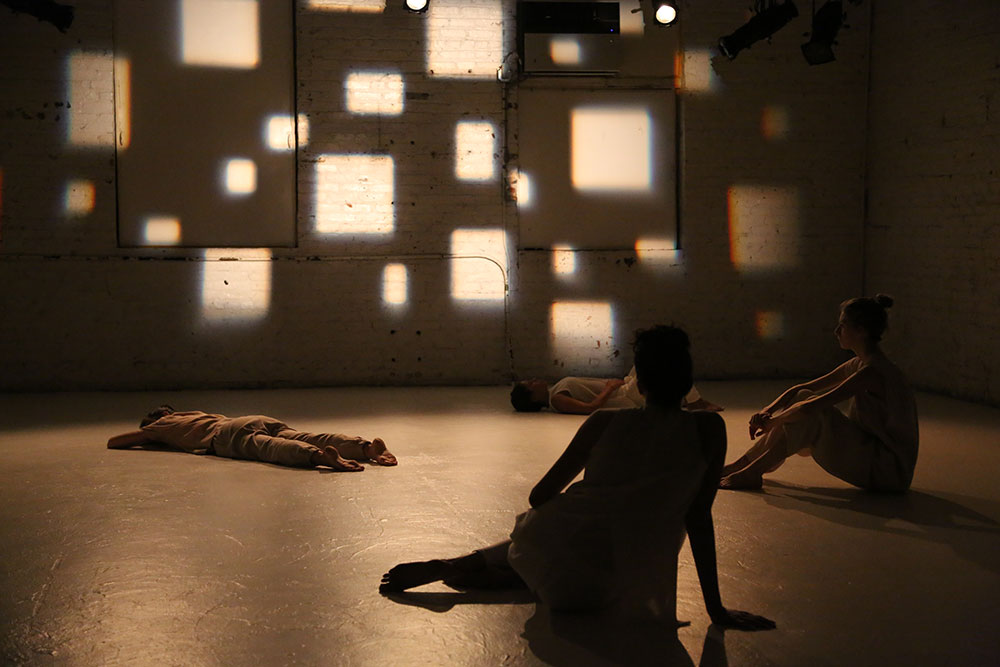
And of course there is the tension, which I well understand, that comes from seeking a kind of perfection and never finding it – and even more incongruously, needing to convey a feeling (or the experience of a feeling) of relaxation and presence, foregrounding the personalities of her cast (Martita Abril, Dana Florin-Weiss, Carolyn Hall, and Kay Ottinger) while insisting that each moment be precisely aligned, as the clock ticks forward in its own mercurial way and the whole thing could just fall apart any second. I am reminded, as I often am, that dancing can be blue collar work. There is both dignity and beauty to be found on the assembly line.
I watch Rebecca as she watches from the booth. There is something very true in the idea that performing a work kills it off for good. What we’re watching, in a way, is the birth of something as it dies. It’s tough. I’ve been there and I empathize.
There are a finite number of movements in this piece and they connect in mysterious ways. Some of the phrases are imperceptibly small. I can’t always tell what process is used to delineate one moment from another. I don’t need to know.
Near the end, a child’s voice haltingly tells us that Rebecca’s first Chocolate Factory piece – The birds are here. I hear them. – was part of our first Fall Season in 2005. This is true. That work, like this one, draws its title from a poem. There are more words about the “last” Fall Season, as if we are already in it, and a new Fall Season somewhere else. This is less true, but who cares – it’s nice to be reminded that Rebecca’s work has essentially bookended a decade of The Chocolate Factory’s history, and my own career.


